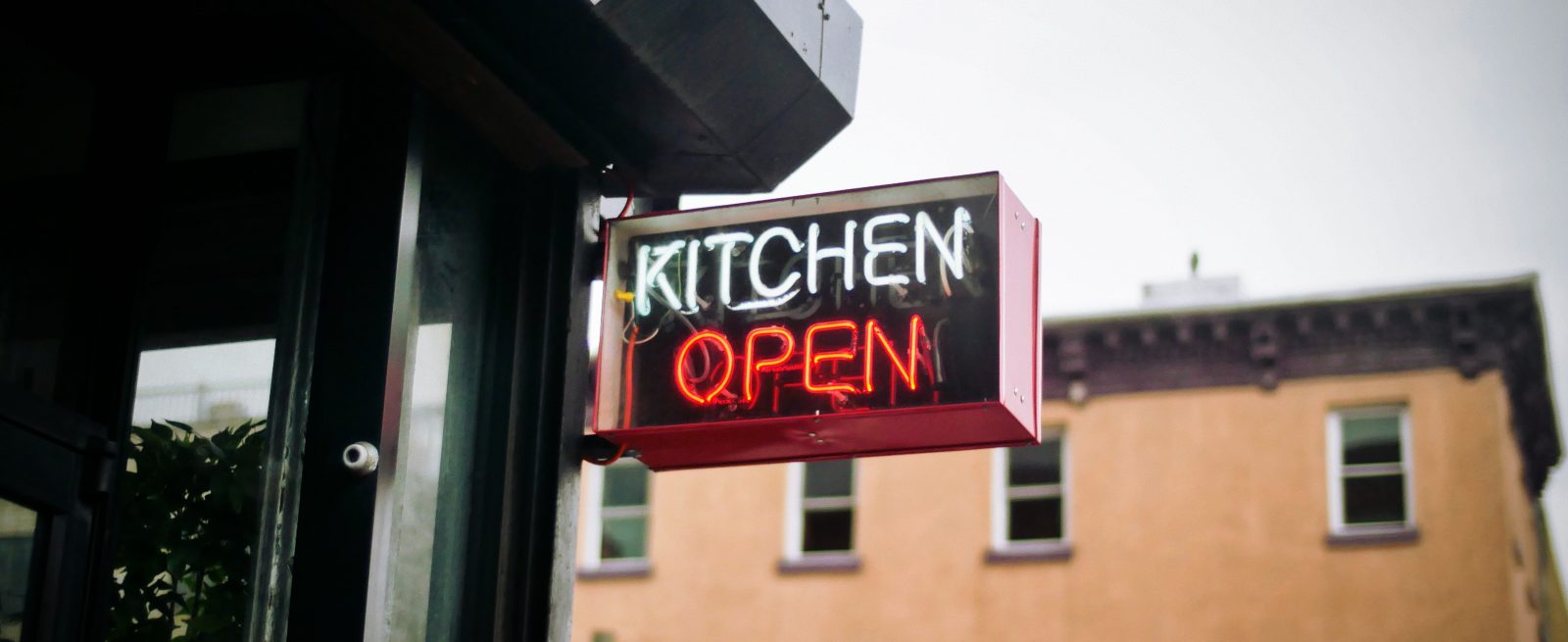Five Steps to Optimizing Restaurant Operations
4 Min Read By 3M
Maximizing productivity in your commercial kitchen can mean a restaurant that is more efficient, saves money and attracts return customers. Improving workplace performance is critical – and not as hard as you might think.Down time is dead time. The wrong equipment, a lack of on-hand supplies, inefficient systems, poorly trained staff and bad communication … all or any one of these can dramatically slow your operation down, costing you customers and revenue.
In a service business nearly entirely reliant on customer experience, a single loss of efficiency has a true ripple effect.
In a service business nearly entirely reliant on customer experience, a single loss of efficiency has a true ripple effect. While maximum productivity is a key concern for any business, it’s absolutely critical for restaurant owners. In a service business nearly entirely reliant on customer experience, a single loss of efficiency has a true ripple effect. Throughout the kitchen and restaurant…
Sorry, You've Reached Your Article Limit.
Register for free with our site to get unlimited articles.
Already registered? Sign in!


